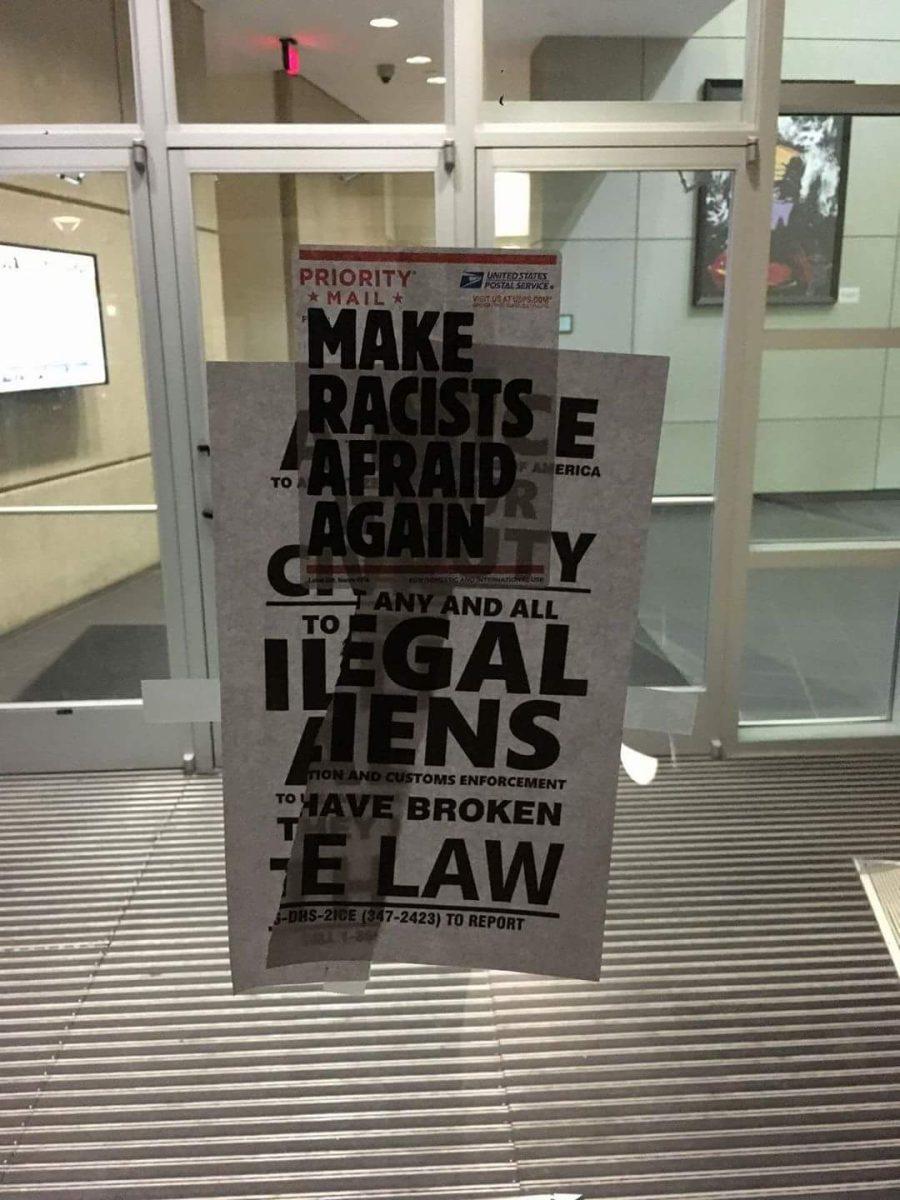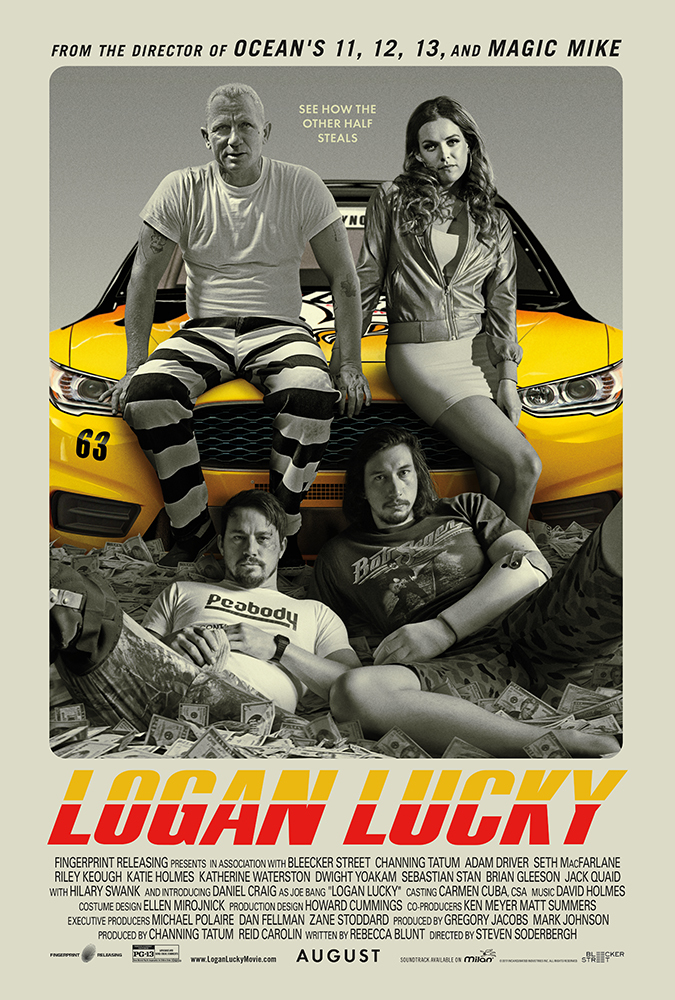The Meteor Theatre kicked off Black History Month on Feb. 4, 2015 in the Jonsson Performance Center with “Dark Girls,” a film that delves into the much unspoken world of colorism.
This documentary takes viewers into a world filled with prejudice, anger, and conflict over a physical attribute that people have the inability to change, their skin color.
Colorism, or discrimination based on the relative lightness or darkness of one’s skin, generally occurs within one’s own ethnic group.
“As a race, we are wounded and traumatized (because of slavery) and we are responding as people who are traumatized,” Donnalin Constantin, a doctoral intern in psychology, said after the showing.
Several African-American actresses and comedians spoke of their upbringing in the film.
Actress Viola Davis said growing up in a predominantly white community, she had been on the receiving end of several derogatory terms, not from white people, but by light-skinned black children.
Perhaps the most harrowing part of the film is when commentators discuss the growing industry of skin-bleaching creams and treatments that are dominant in many countries such as Ghana, Senegal, and Thailand.
These creams have been shown to cause excessive dryness, thin skin, stubborn acne, and even skin cancer. However, even with these side effects, the market for skin bleaching creams is booming. People will put themselves at risk of skin cancer to achieve what they perceive as beautiful.
In the film, psychologist Timothy Foley explains that the beauty industry is feeding on the insecurities that people have which hits children the hardest.
The movie touched upon the correlation between color and a person’s perceived intelligence.
The racism against dark-skinned African-Americans is “a direct backlash of slavery,” with such discrimination seen throughout early American history, the documentary puts forth while trying to address the problem of colorism.
The issue also stems from something called structural racism.
“These are “the kinds of policies and practices that we have in place that perpetuates colorism,” said Cheryl Grills, President of the National Association of Black Psychologists.
This can be seen in the media, advertising, and even in the roles of characters in films, Grill said.
Structural racism can be seen even in children’s literature and movies, said Sara Mokuria, Senior Research Associate at The Institute of Urban Policy Research.


















